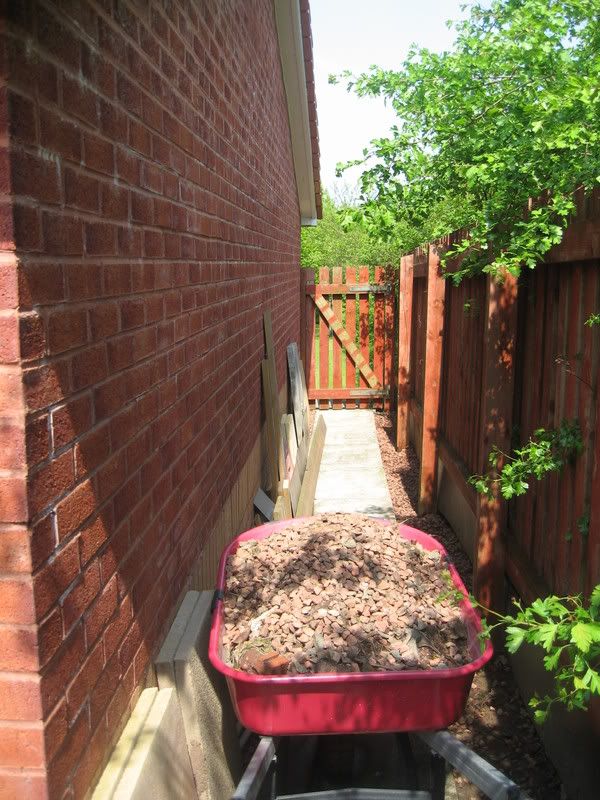mister henderson":29myesqd said:
Well, thie thing with timber is that it will try to reach moisture content equilibrium with its surroundings. Generally the warmer it is the faster this process works (hence the use of kilns when drying timber)
If you are going to use it indoors then unless warps, splits and shakes are part of the design then timber from outside, even if covered, isn't going to be suitable.
Air dried timber is fine for garden furniture but not really suitable fro use inside modern centrally heated houses, where the relative humidity can easily drop below 30% in the winter
Respectfully, I disagree with this, although I might have misunderstood something in what you said.
Air dried timber absolutely does not automatically warp, spit or check; of course, it needs to be stacked and stickered correctly, and protected from the elements, including direct sunlight. Here in the U.S. most kiln-dried timber is in fact initially air-dried for a period of up to a few months; I don't know the practice in Britain. Additionally, here in the states most kiln-dried timber is eventually stored in unheated, though covered, locations for some time before sale to the end user; that's effectively the same as outdoor storage minus the rainfall. Sometimes space limitations necessitate (covered) outdoor storage for wood we've bought that had been kiln dried; it will never go back to the moisture content it had when green, but will fluctuate winter to summer with level of ambient humidity.
Air-dried stuff is ready to be worked after several years air drying (depending on thickness, and more is better); of course, any wood for a project needs to be brought into the shop well ahead of working it up, to allow it to acclimate to an indoor environment. A moisture meter should be considered an essential shop tool, no matter what the source of your timber.
I believe that Edward Barnsley's and Alan Peter's shops, to name just two of the better known, have had great success working with native timbers, carefully air dried. Among the best timber I've used, in terms of workability and color, has been stuff I've air-dried myself.
[Of course, I've also had some lovely walnut stolen while in outdoors storage :evil:.]






